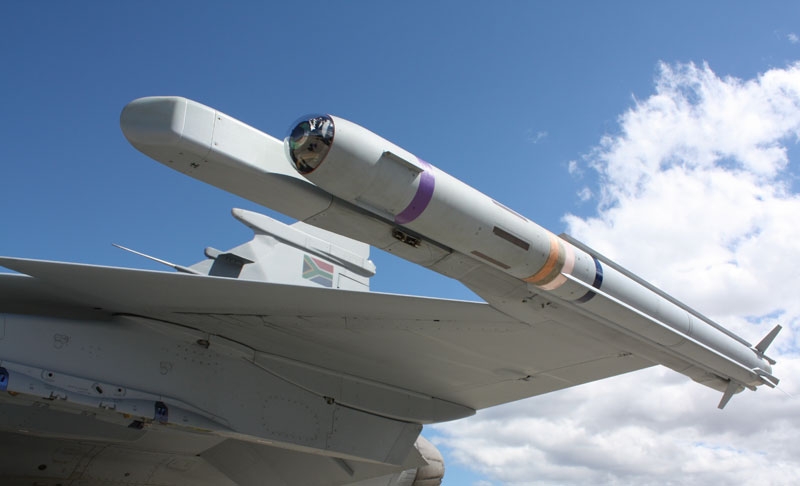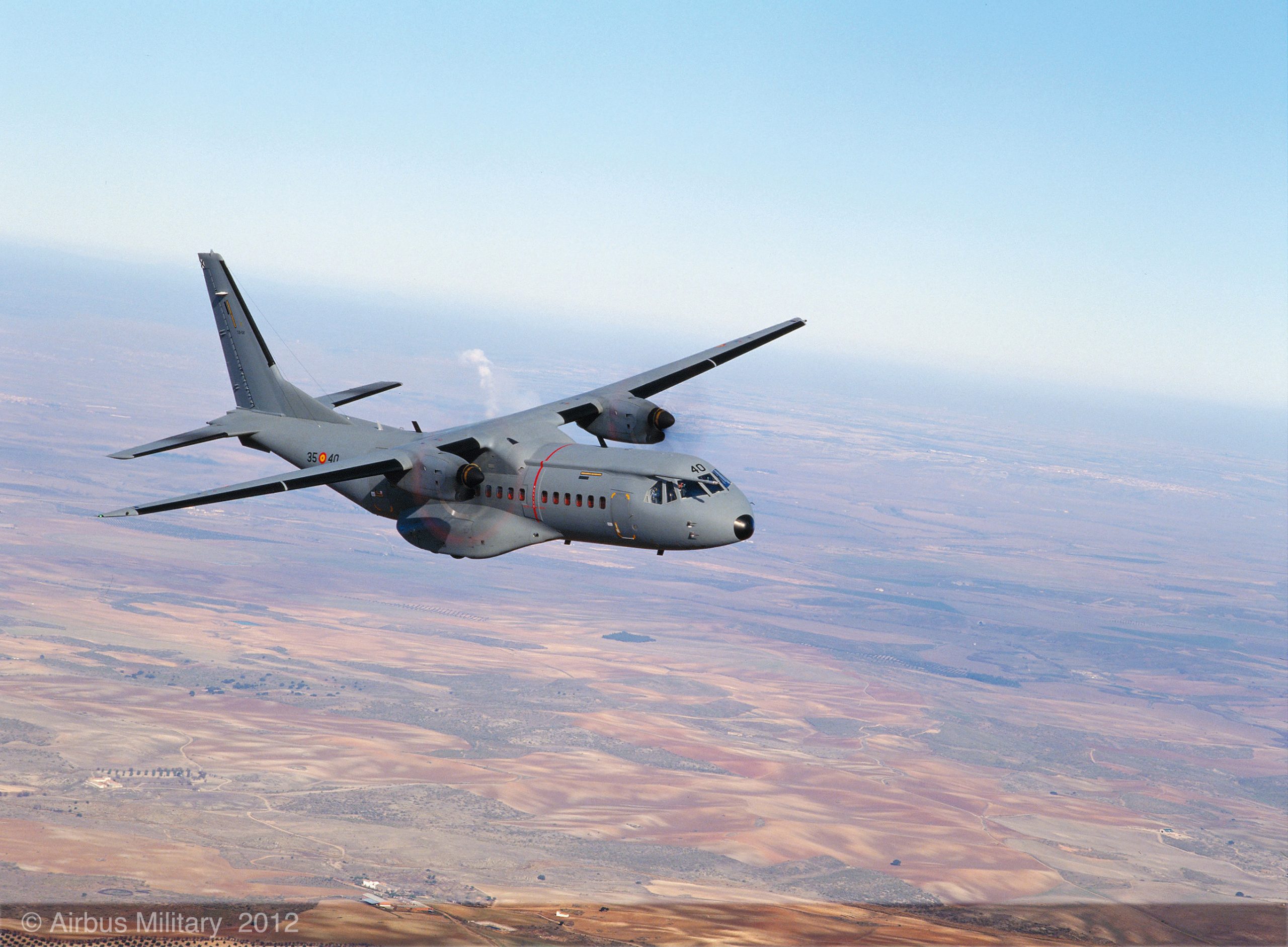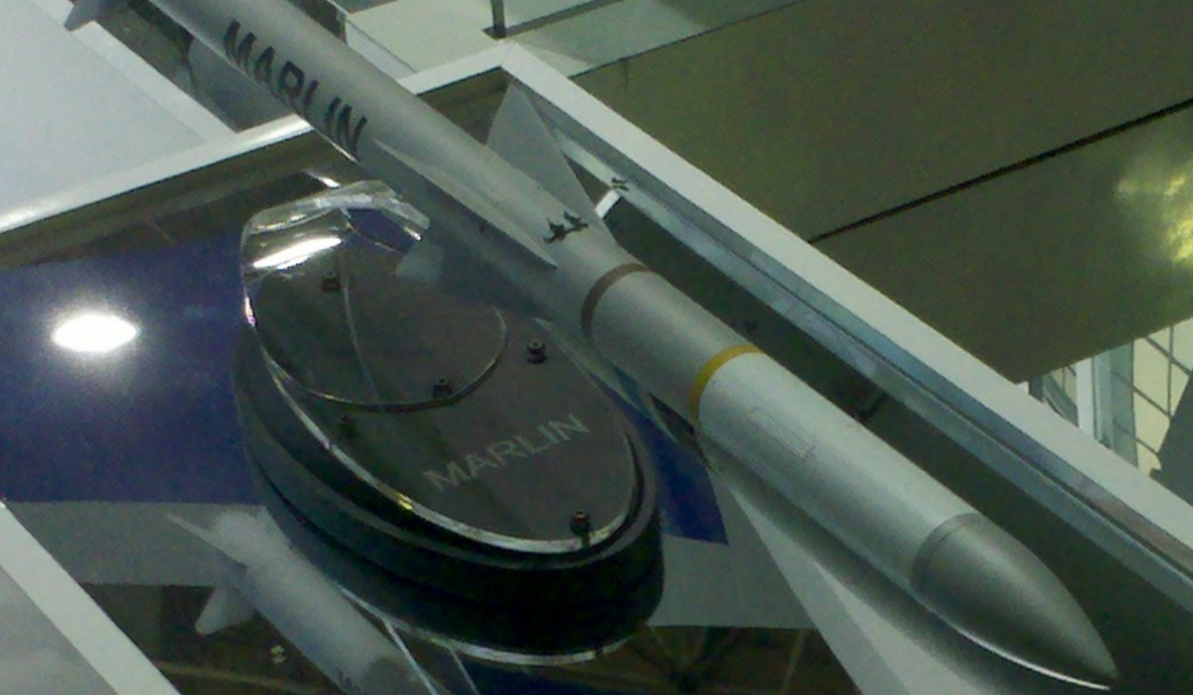2573Views

Background: Within Visual Range Air-to-Air Missiles (WVRAAM)
08 January 2016
Modern air-to-air warfare is often – and correctly – understood as the exchange of air-to-air missiles (AAM) between fighter aircraft. However, it is much more than that; in fact, the act of firing a beyond visual range (BVR) or within visual range (WVR) AAMs is the culmination of numerous contributing elements. These elements include capable onboard and off-board sensors, tactical datalink connectivity, and the different but inherent elements of the AAMs themselves. When harmonized and implemented, these elements enable modern day air forces and naval air arms a credible opportunity at intercepting enemy aircraft and, in the process, acquire air superiority.
Quwa will take a look at each of these elements. These pieces are not exhaustive resources on the subject, but they should offer readers a workable understanding of the topic.
For readers with a desire to have a thorough understanding, especially from a technical standpoint, then it would be advisable to consult more in-depth resources.
Within Visual Range Air-to-Air Missiles (WVRAAM)
In a sense, WVRAAMs are perhaps the most ubiquitous aspects of air-to-air warfare. The first widely adopted WVRAAM was the AIM-9 Sidewinder. Introduced by the United States in the 1950s, the AIM-9B was designed as a heat-seeking system designed to enable fighter aircraft to intercept jet bombers; prior to its introduction, fighters were restricted guns. The AIM-9B would be used by getting the launch aircraft behind the target’s exhaust; the infrared (IR) seeker of the missile would chase the heat-emission. Dr. Carlo Kopp of Air Power Australia has a very good article on the history of this missile. Granted, the AIM-9B was not a particularly effective missile against agile fighter aircraft; between 1965 and 1968, the missile achieved a 16% kill probability in Vietnam.[1] Despite that, it is important to acknowledge that the AIM-9B paved the foundations for future (and substantially improved) air-to-air missiles (and by extension, air warfare in the subsequent decades).
The AIM-9B was iterated upon through successive designs, but it was joined by contemporaries from around the world, most notably the Soviet K-13 (aka AA-2 Atoll) and French R.550 Magic. Improvements in electronics technology enabled these newer AAMs to achieve higher kill-rates. By the late 1970s new generation “all-aspect” WVRAAMs such as the AIM-9L began to enter service. Unlike their predecessors, these new AAMs could be launched from any angle against the heat-emitting target, there is no need to “chase” its exhaust. At this stage, WVRAAMs have become a staple munition for air forces and generally capable of achieving a respectable kill-probability. The AIM-9M, a follow-up of the AIM-9L, became the mainstay of U.S and NATO air arms by the late 1980s.
Whilst development in electronics helped enhance the effectiveness of WVRAAMs, it also contributed towards the marked improvement in electronics countermeasures (ECM). These ECM systems would help aircraft protect themselves from incoming IR-based WVRAAMs. In the 1970s the U.S began deploying infrared countermeasure (IRCM) systems such as the AN/ALQ-144, which would radiate a large amount of infrared energy. This enabled the system to basically prevent IR-based WVRAAMs from maintaining a “lock” on the target; when coupled by decoy flares, the missile threat can be neutralized.
To overcome this obstacle, leading WVRAAM vendors in the U.S, Western Europe, Russia and even comparatively new entrants such as Israel, China and South Africa, pursued the development of so-called fifth-generation WVRAAMs. These new missiles (e.g. AIM-9X) would incorporate imaging infrared (IIR) seekers, which would improve upon older generation IR seekers by processing an “image” of the target; “false” infrared sources or heat-emitting decoys are made less effective.
Coupling these new seekers are thrust vectoring (TVC) nozzles for enhanced maneuverability (especially in close quarters) and optical-tracking, which – via the use of helmet mounted display and sight (HMD/S) – enable pilots to track targets with literal visual sighting and head movement. In other words, the aircraft does not necessarily need to be directed towards the target in order to engage it, the pilot need only move his or her head to the direction of the target. These “5th generation” WVRAAMs are also termed as “high-off-boresight” (HOBS) air-to-air missiles, in reference to the wide angles from which the seekers enable a pilot to “cue” the missile to the target.
[1] Dr. Carlo Kopp. “The Sidewinder Story: The Evolution of the AIM-9 Missile.” Air Power Australia. Originally published in April 1994, uploaded in 2005 by Dr. Kopp: http://www.ausairpower.net/TE-Sidewinder-94.html


